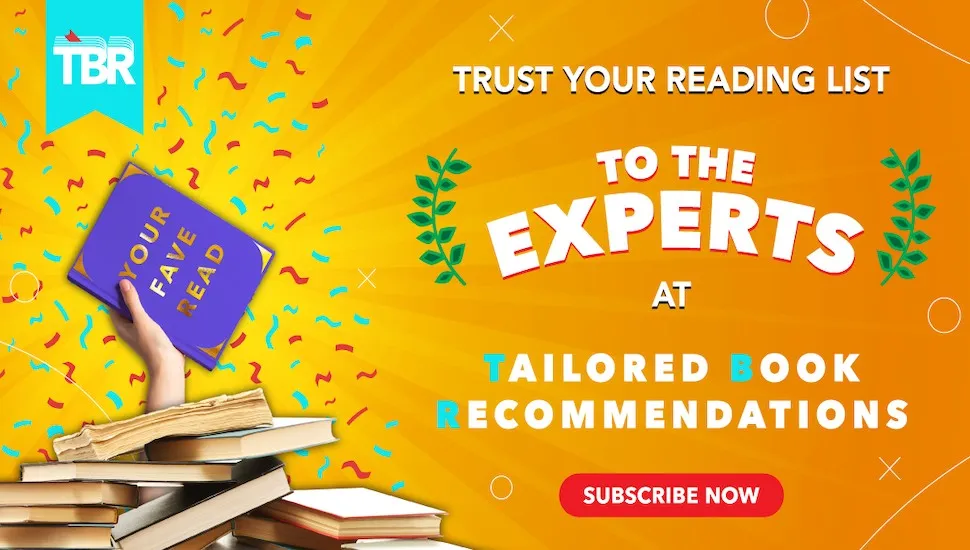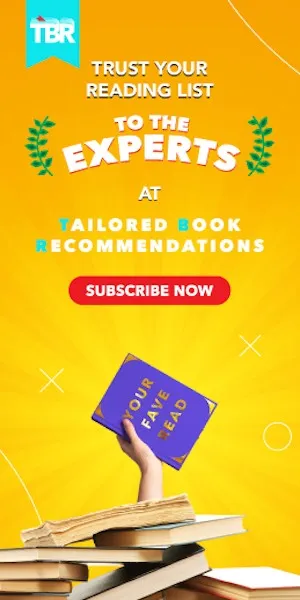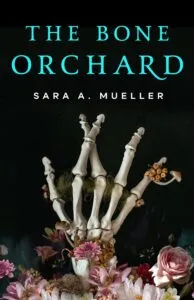
Play in the Elementary School Library
When people think about elementary school libraries, they might imagine interesting displays of books or have fond memories of the book fair. Play is not necessarily something that jumps to the front of the mind. However, play in the elementary school library is crucial for socialization, community building, and creating a positive association with the library. Far from the stereotypes of shushing women with tight buns and dusty encyclopedias, modern libraries are constructed to invite curiosity and answer questions. School libraries, in particular, can offer a very specific kind of joy and relief by offering a chance to play.
My school teaches students in grades K–5, and I use building materials as part of my weekly lessons with each class. Some of the materials I’ve gathered over the years include Magnatiles, Keva planks, Plus Plus blocks, basic play blocks, Lincoln Logs, and, of course, Legos. In general I try to have enough of each material to allow four students to use them freely. This means I can have one bin per work table. Additionally, I’ve collected card and board games, puzzles, stuffed animals, and unique craft supplies to take out on special occasions. Having options means I can honor spontaneous play whenever the opportunity presents itself. Below, I’ve shared some of my favorite ways to include play in the school library.
Building Books
Classes visit my library in 40 minute blocks, which is the perfect amount of time to share a book, explain a challenge, and get the students playing. So many picture books lay the groundwork for a fun and exciting building challenge. My favorite way to introduce the building materials at the beginning of a year is with Iggy Peck, Architect, a picture book about a young man who builds incredible structures from whatever is around him. This is one of the books that hits right from kindergarten to 5th grade, and is the perfect spark to get kids building when they are released to their tables. Other books that kick off building days include If I Built A School and If I Built A House, Dreaming Up, and A Book of Bridges: Here to There and Me to You. After the book has been read, have students try and create something specific to what you discussed, provide themed task cards, or just let them loose and see what they create.
Task Cards
Above I mentioned task cards, which are one of my favorite creativity tools to pair with building materials. Most task cards are about the size of an index card or smaller, and display an image or a few words that challenges a student. Using Pinterest and Teachers Pay Teachers, I’ve sourced a pretty large collection of pre-made task cards, but you could absolutely make them yourself for free. I have LEGO task cards that say things like “Build something using only blue bricks,” or “Build a model of your name.” I have world landmark task cards that display a cool landmark and where it’s located in the world. Students use whatever material they have to try and recreate it. I have geometry task cards that show different 2D and 3D shapes and challenge students to make a model that matches perfectly. Some task cards simply say, “Make a roller coaster!”
With these cards, I make sure to provide enough options that everyone can find something that feels comfortable. Sometimes the task cards are optional, sometimes you must complete at least one before free building. With my older students, I sometimes up the ante by allowing students to earn a prize from my mochi, pop-it, and vinyl sticker filled prize box if they complete a harder task card to perfection.
STEAM Challenges
STEAM is an acronym that stands for Science, Technology, Engineering, Art, and Math. There is a big push in education to focus on these subjects and infuse them with fun and excitement. One of the ways I do this in the library is with STEAM challenges related to fairytales and fun stories. Again, Pinterest and Teachers Pay Teachers are teeming with great ideas. I’ve had students use paper and tinfoil to create a bed that could hold Goldilocks (a paper cut out weighted with pennies taped on). I’ve asked students to use materials to build a house that could withstand the Big, Bad Wolf (my blow dryer with ears taped on). We’ve read about Bessie Coleman and then created paper airplanes and competed to see which one could fly the farthest. These projects ask kids to create and then tweak their designs. Sometimes I focus hard on the engineering process. Sometimes I let it happen naturally. We always get in some good play.
Free Play, No Strings Attached
I’m ending with what I consider to be the single most important thing that elementary students need. Free play, no strings attached. This can be very scary for educators. We are constantly told that every single thing needs to be attached to a learning standard, and while play can be linked to MANY of the speaking and listening standards, that requirement is actually false. There are things our students need that cannot be quantified and measured. Time to play is one of those things. With classroom teachers under so much pressure to fill every second of the day with academics, I try to provide as much free play as possible in the library. Every material I’ve described can also be left out as an invitation. I’ve seen 5th graders with a reputation for starting physical fights throw themselves on the floor to work with Duplo LEGO sets usually marketed to toddlers. Children are craving play.
As you can see, I take my dedication to play very seriously. In all honesty, it’s one of the most important things I can provide. Hopefully you’ve found some ways to incorporate play into your own library. Looking for more tips for school librarians? Check out New Year’s Resolutions for School Librarians — the tips apply all year long!












